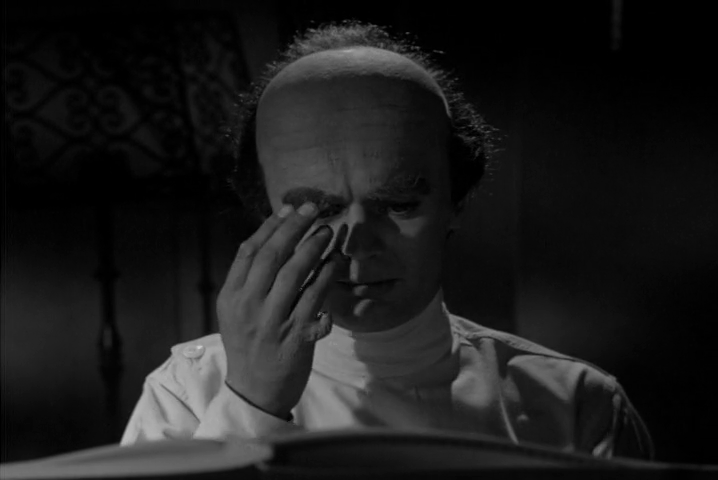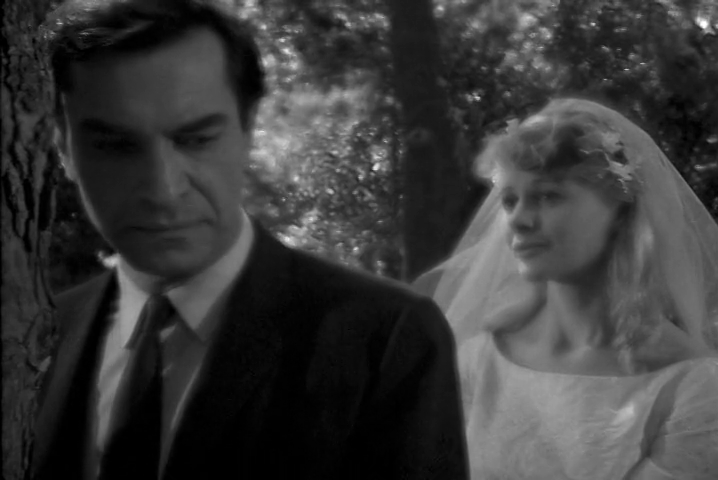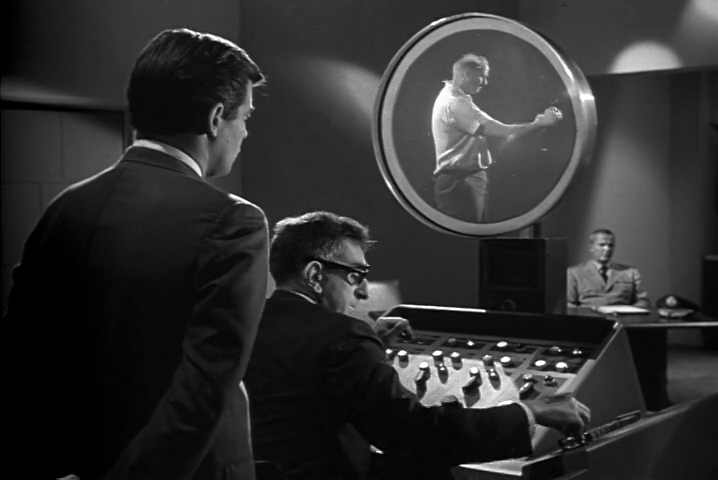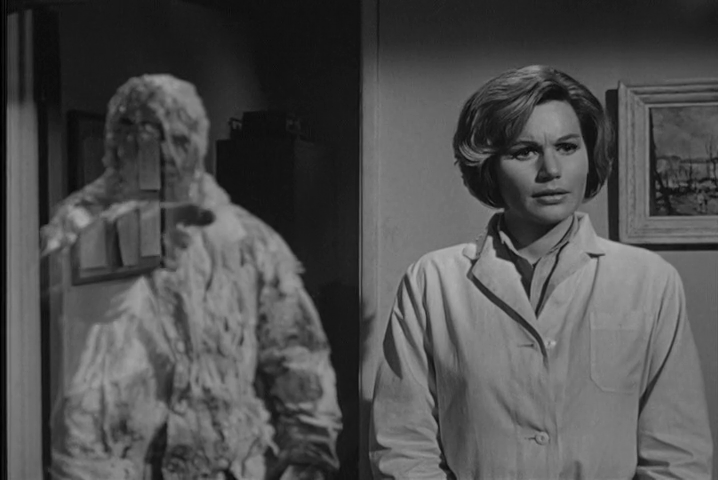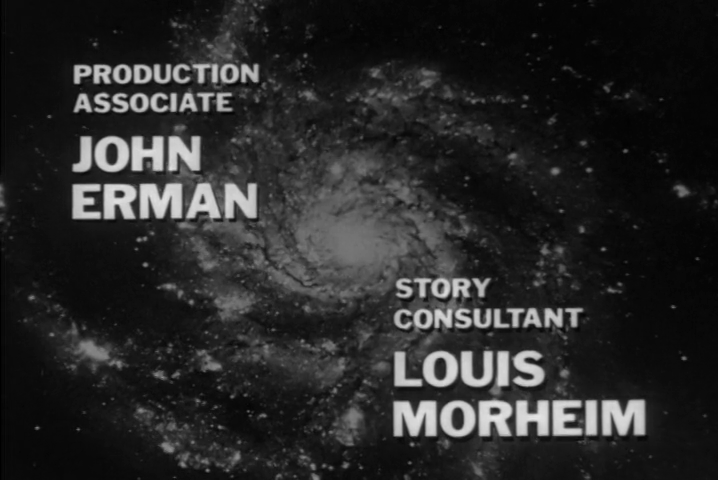
by Natalie Devitt
About this time last year, I was writing glowing reviews about The Outer Limits. It is a little disappointing that it is already time to say goodbye to the show. But with a number of changes behind the scenes, a new timeslot that certainly has not helped with ratings, and good episodes becoming few and far between, it does not entirely come as a surprise that the show did not even make it through a full second season. That said, it is with some sadness that I look back at the final five offerings from The Outer Limits.
The Duplicate Man, by Robert C. Dennis

In this adaptation of Clifford D. Simak’s 1951 story Goodnight, Mr. James, it is the year 2025 and “an alien life of unimaginable horror” called a Megasoid is on the loose, despite the fact that Megasoids “haven’t been permitted since 1986.” The creature is living in an exhibit at the Space Zoological Garden, unbeknownst to the site’s staff or visitors. Luckily, the Megasoid is currently less of a threat to the general public due to the fact that it is in the middle of its “reproductive cycle.“ Once the cycle ends, the alien’s instinct to kill reactivates.
It is up to the man responsible for bringing the Megasoid to Earth, a researcher named Henderson James, performed by Ron Randell of 1961’s King of Kings, to hunt the creature down. Rather than put himself in danger, James hatches a plan, which involves creating a duplicate of himself that can be “programmed to find and kill a Megasoid.” But he has to be careful because duplicates can be very realistic, with the ability to recall more and more of the original person’s memories the longer they exist, which can make it nearly impossible to differentiate between the two. This means that the duplicate must be destroyed as soon as its task has been completed. Unfortunately for James, that does not quite happen before the doppleganger has an opportunity to meet his wife, played by the lovely Constance Towers, who I must say has been making some interesting movies with director Samuel Fuller lately.
The premise of this episode could work in the right hands. Here, there are too many pieces that never quite seem to quite fit together; perhaps it simply tries too hard. Artistically, it certainly is ambitious, with its very stylized lighting, atmospheric musical score provided by Harry Lubin, great filming locations (which include the Chemosphere in Los Angeles), and some shots which appear to be fairly carefully composed. The costume design, while sometimes odd, takes some bold risks. On the topic of odd costumes, the episode’s creature looks a cross between a bird and a gorilla.
The dialogue and performances can be awkward at times. Even though it is a misfire, I have to give the show some praise for trying with The Duplicate Man. Two and a half stars, mainly for the art direction and production design.
Counterweight, by Milton Krims
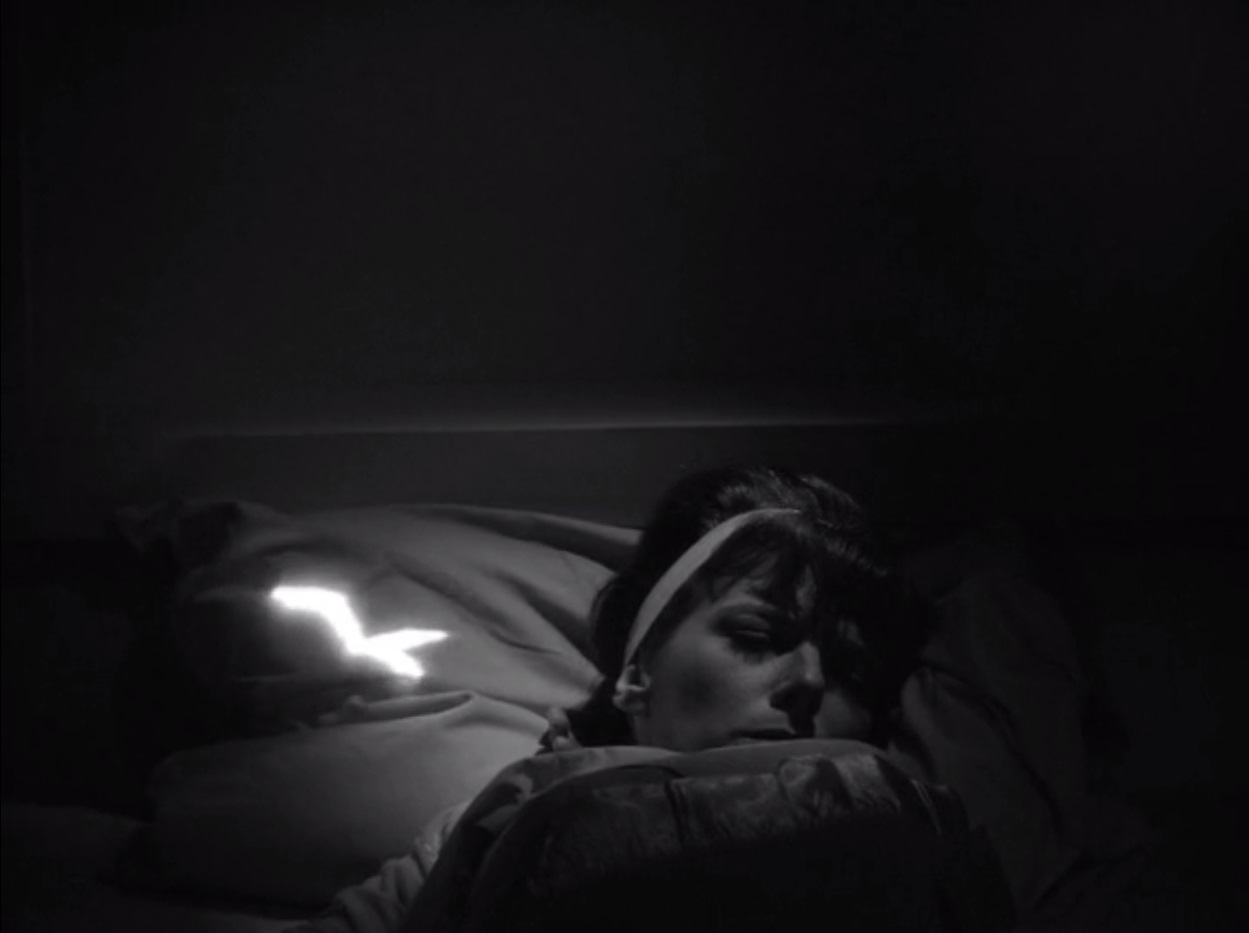
Counterweight is based on the short story by the same name from writer Jerry Sohl. In this telling of his story, a group of five men, which include Michael Constantine (The Twilight Zone’s I am the Night- Color Me Black) and one woman, played by Jacqueline Scott (The Outer Limits’s The Galaxy Being), participate in an experiment that spans several months, a simulated journey in space to a planet called Antheon, in hopes of winning a cash prize. Inside their mock spacecraft is a panic button that anyone on board can press at any time for any reason if they want out of the experiment. In the event that the panic button is pressed, the entire experiment is terminated, and each of them goes home empty-handed. Once aboard, it is not long before strange and difficult to explain things begin happening to each of the crew members and they all start to blame one another, which jeopardizes the fate of the experiment. Is it all psychosomatic or is an outside force trying to sabotage them?
Perfectly good actors can not save Counterweight from itself, probably because there is absolutely no character development. Instead what we have is stereotypes, like the uneducated construction worker or the lonely spinster career woman. Growing worse as it unfolds, the hour’s final act is an absolute disaster, aside from a brief but memorable appearance by a much more entertaining stop motion plant creature.
Those factors combined with some seriously slow pacing overall, makes Counterweight extremely difficult to watch from start to finish. Having said that, there are a few effectively spooky moments, especially when each of the characters is trying to fall asleep, while unknowingly being targeted by a mysterious entity. Also, during these sequences, the musical score is especially effective. Still, one and a half stars is about all I can offer to Counterweight.
The Brain of Colonel Barham, by Robert C. Dennis
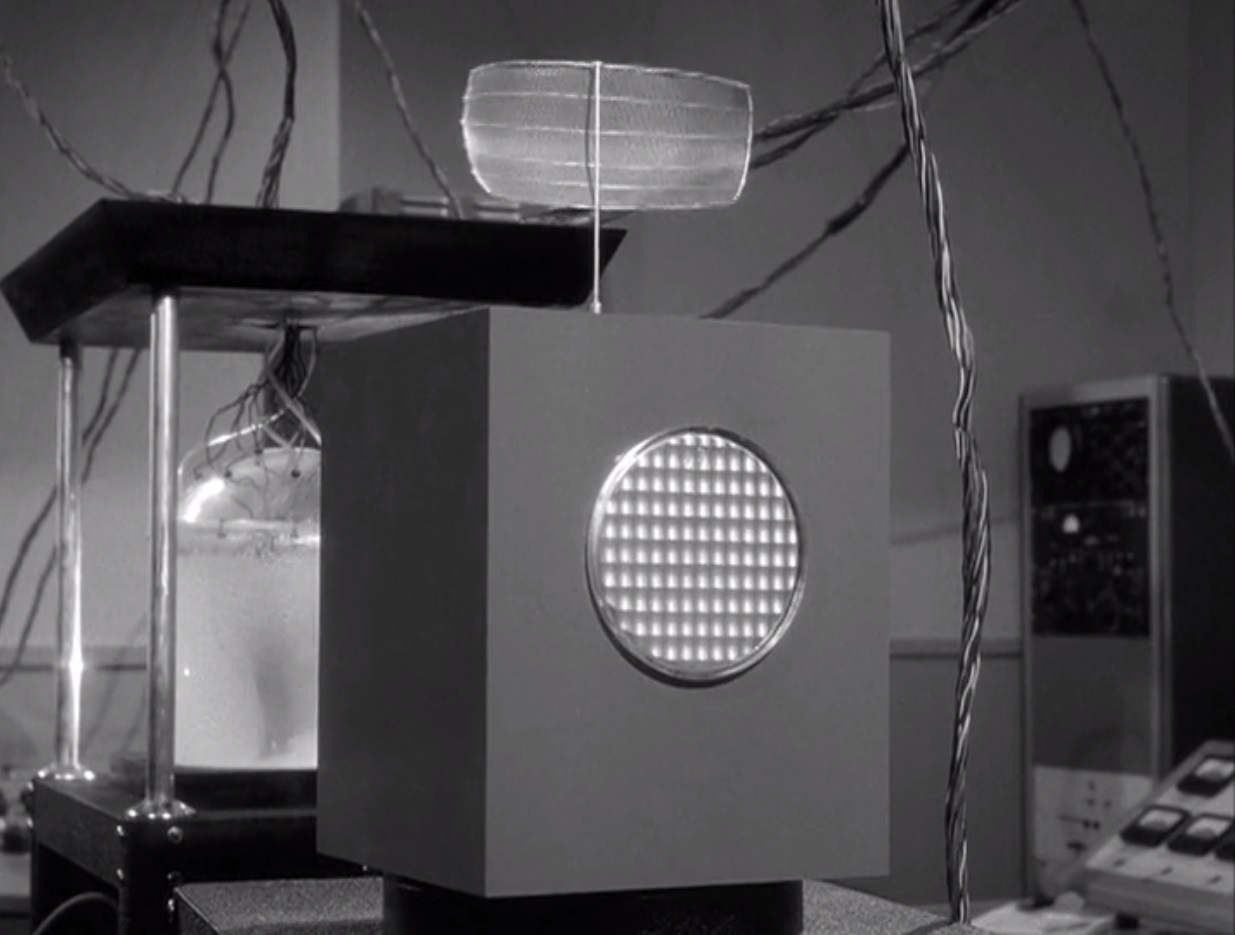
The United States is eager to be the first country to put a man on Mars. Colonel Barham (Anthony Eisley of Hawaiian Eye), with his “specialized knowledge about space technology”, is the perfect man for the job. The only problem is that he has been diagnosed with a terminal illness. His superiors in the military think they have the solution to solve everyone’s problems, so they propose that “his brain would be saved, perhaps forever, only the diseased, worn-out body would be discarded.“ Barham’s brain would then be attached to devices and sent into space.
Barham decides to save his precious brain and all of the esoteric information it contains. Once the procedure is completed, it is stored in a vat and hooked up to machines, which allow his brain to communicate with others. A short time later, it begins “developing new tissue.” It turns out there is an unforeseen complication of removing the brain from the body: it grows increasingly difficult to control. Anthony Eisley’s former Hawaiian Eye cast mate and star of 1957's The Incredible Shrinking Man, Grant Williams, also appears in the episode as a psychologist.
I love a good brain-in-a-jar story as much as the next girl, but this is not exactly the best rendition of the concept that I have seen. Sure, The Brain of Colonel Barham has its share of enjoyable silliness, but the episode is often bogged down by Barham’s cruelness. The voice-over used for Barham’s voice once his brain is removed is laughably bad, too. Two stars.
The Premonition, by Ib Melchior and Sam Roeca

When pilot Jim Darcy, played by Dewey Martin (The Thing from Another World (1951) and The Twilight Zone’s I Shot an Arrow Into the Sky) crashes his test plane at the exact same moment his wife, Linda (1953's The Wild One's Mary Murphy), loses control behind the wheel, time suddenly freezes, or so it seems. Reunited outside of time, they are given a glimpse of life ten seconds into the future. What they find is their daughter only seconds away from being hit by a truck. Do they try to intervene, even if it means that they risk remaining stuck in time?
Another time-related story from Ib Melchior (The Time Travelers, 1964), The Premonition is very flawed. Yet it is also easily the episode out of this entire batch that has stayed with me the most after viewing it, even though I must confess I did not care much for the character Jim.
The special effects are decent, though do not always stack up against last season's effects. There is also the fairly creative use of still photographs to explore time, which kind of reminds me of Chris Marker’s La Jetée (1962). Being a huge fan of the Left Bank directors from the French New Wave, that sort of thing is right up my alley. Much like many art house films, it leaves the viewer with a number of questions, but somehow I do not really mind. All in all, this hour of the series earns three stars from me.
The Probe, by Seeleg Lester

While aboard a plane flying over Japan, a crew, which includes actors Mark Richman (revisiting The Outer Limits for the first time since The Borderland), television western actor Ron Hayes and Juvenile Oscar winner Peggy Ann Garner, find themselves in a hurricane. After abandoning their plane, they incorrectly assume they are floating in their life raft, only to discover that they are not on water at all. They have actually been captured and are being held in a space probe. To make matters worse, they are being stalked by a strange creature, which they later believe to be “a mutant, a strain of germ that grew, and grew, and grew” that is also capable of duplicating itself.
I have some mixed feelings about The Probe. On the one hand, it can be incredibly corny, with its absolutely ludicrous creature, a microbe. During the scene where it duplicated itself, I nearly laughed so hard that I cried. On the other hand, the entry probably has the most convincing bunch of actors playing the most likeable, fleshed out cast of characters that I have seen on the program over the past five weeks, including the single most memorable female character.
Now, I am not usually one to get on my soapbox, but The Outer Limits has seemed to be growing less progressive in its depiction of women over the course of the second season, mostly relegated to playing nagging wives, victims or sad career women. Last season, the female characters were allowed to be much more complex and sympathetic, so Peggy Ann Garner’s character is a breath of fresh air. As a whole, I am not completely sold by The Probe, especially since it drags a little in the middle. Nevertheless, it is fairly entertaining, with actors who bring a degree of believability to even the weakest scenes, which is why it earns two and a half stars.
What now?
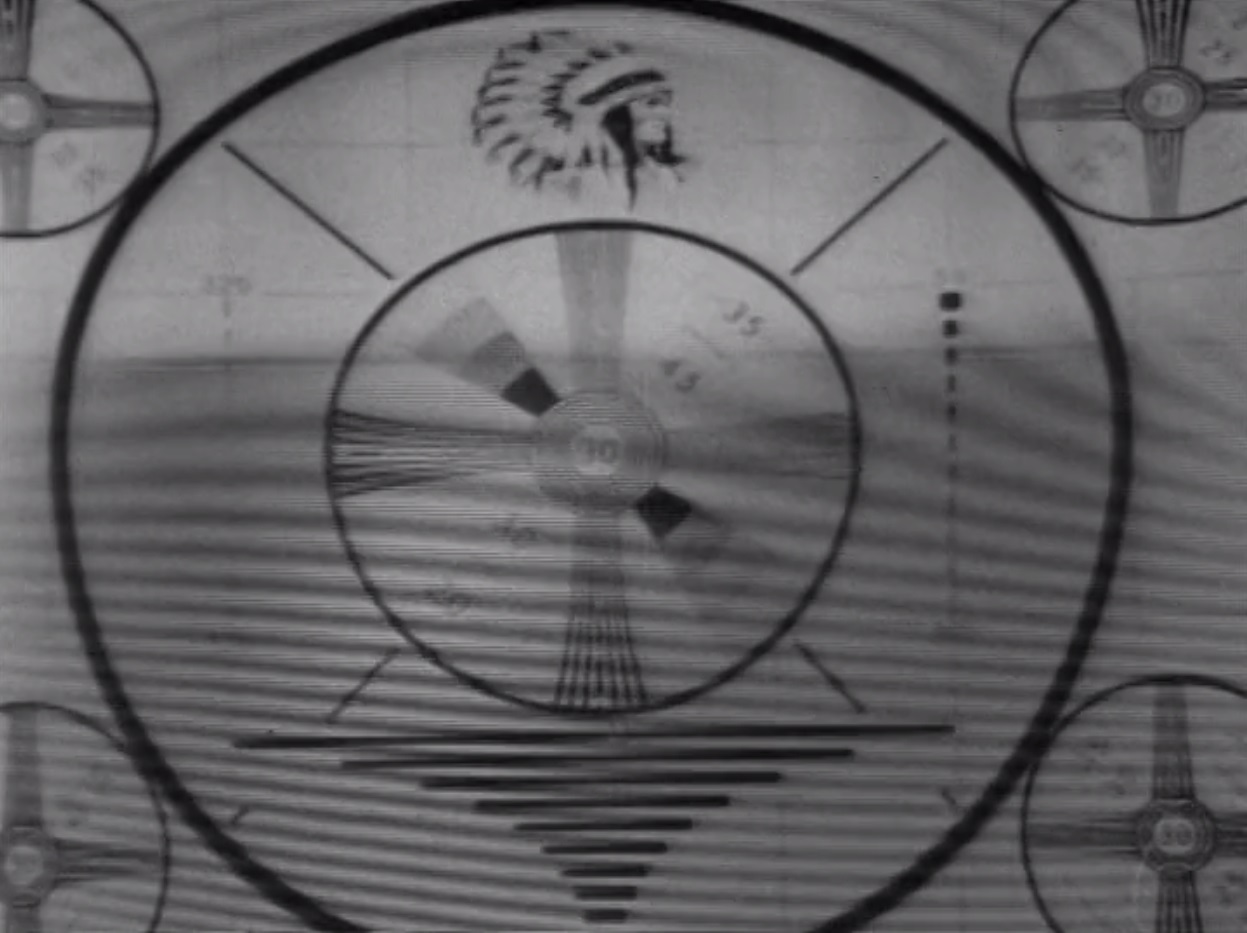
Reflecting on the last five entries of The Outer Limits, and on the series as a whole, The Duplicate Man was not as rewarding as it could have been, Counterweight had few redeeming qualities, The Brain of Colonel Barham could be amusing at times, The Premonition was worth the watch, and The Probe was nearly saved by its great cast. While there certainly were some great episodes from time to time towards the end of the program's run, this is pretty representative of the second season of The Outer Limits. A show that I truly hate to say became a shell of its former self.
Sadly, this was not the farewell anyone could have wanted for the series, especially since its departure (and the ending of Alfred Hitchcock Presents this spring) means an end to more than a decade of science fiction/fantasy/horror anthology shows.
When will we ever see their like again?

[If you have a membership to this year's Worldcon (in New Zealand) or did last year (Dublin), we would very much appreciate your nomination for Best Fanzine! We work for egoboo…]

![[January 16, 1965] What a Difference a Year Makes (<i>The Outer Limits</i>, Season 2, Episodes 13-17)](https://galacticjourney.org/wp-content/uploads/2020/01/650116end-672x372.jpg)

![[November 13, 1964] Beat the Devil (<i>The Outer Limits</i>, Season Two, Episodes 5-8)](https://galacticjourney.org/wp-content/uploads/2019/11/641113a-672x372.jpg)





![[October 14, 1964] Back in Session? (<i>The Outer Limits</i>, Season 2, Episodes 1-4)](https://galacticjourney.org/wp-content/uploads/2019/10/641014b-672x372.jpg)







![[May 12, 1964] Secrets Beyond Human Understanding (<i>The Outer Limits</i>, Season One, Episodes 29-32)](https://galacticjourney.org/wp-content/uploads/2019/05/640512a-672x372.jpg)

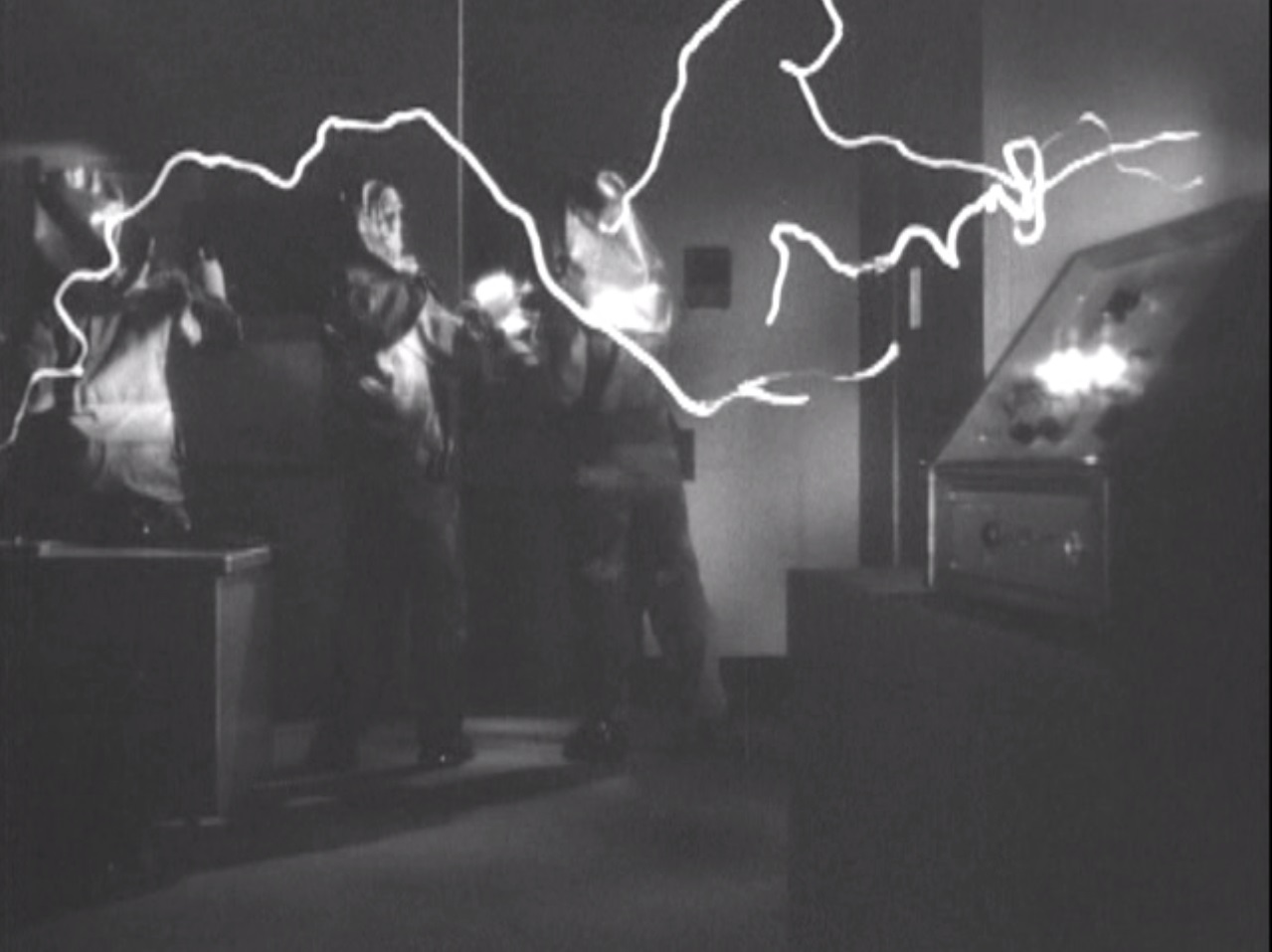

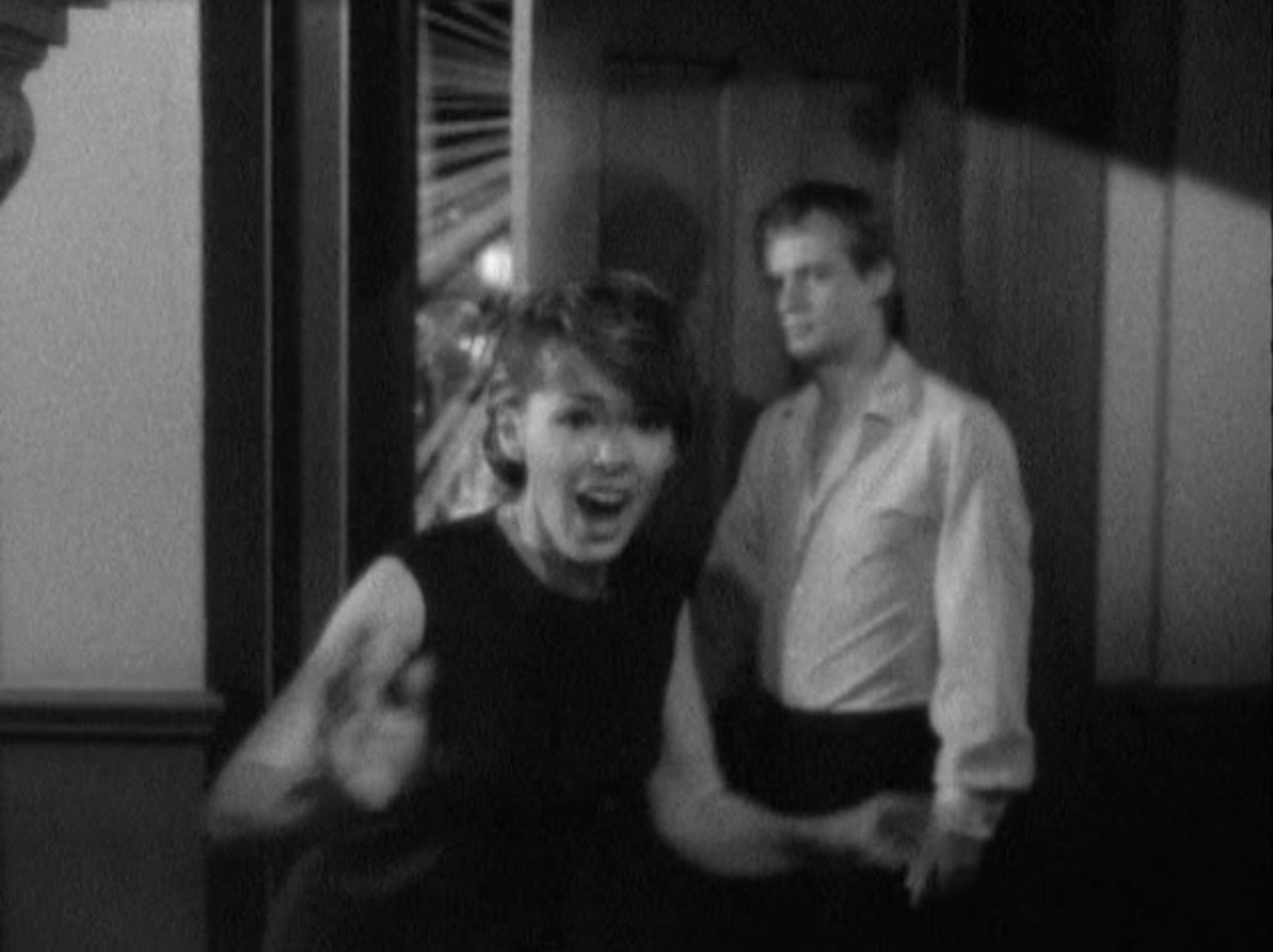
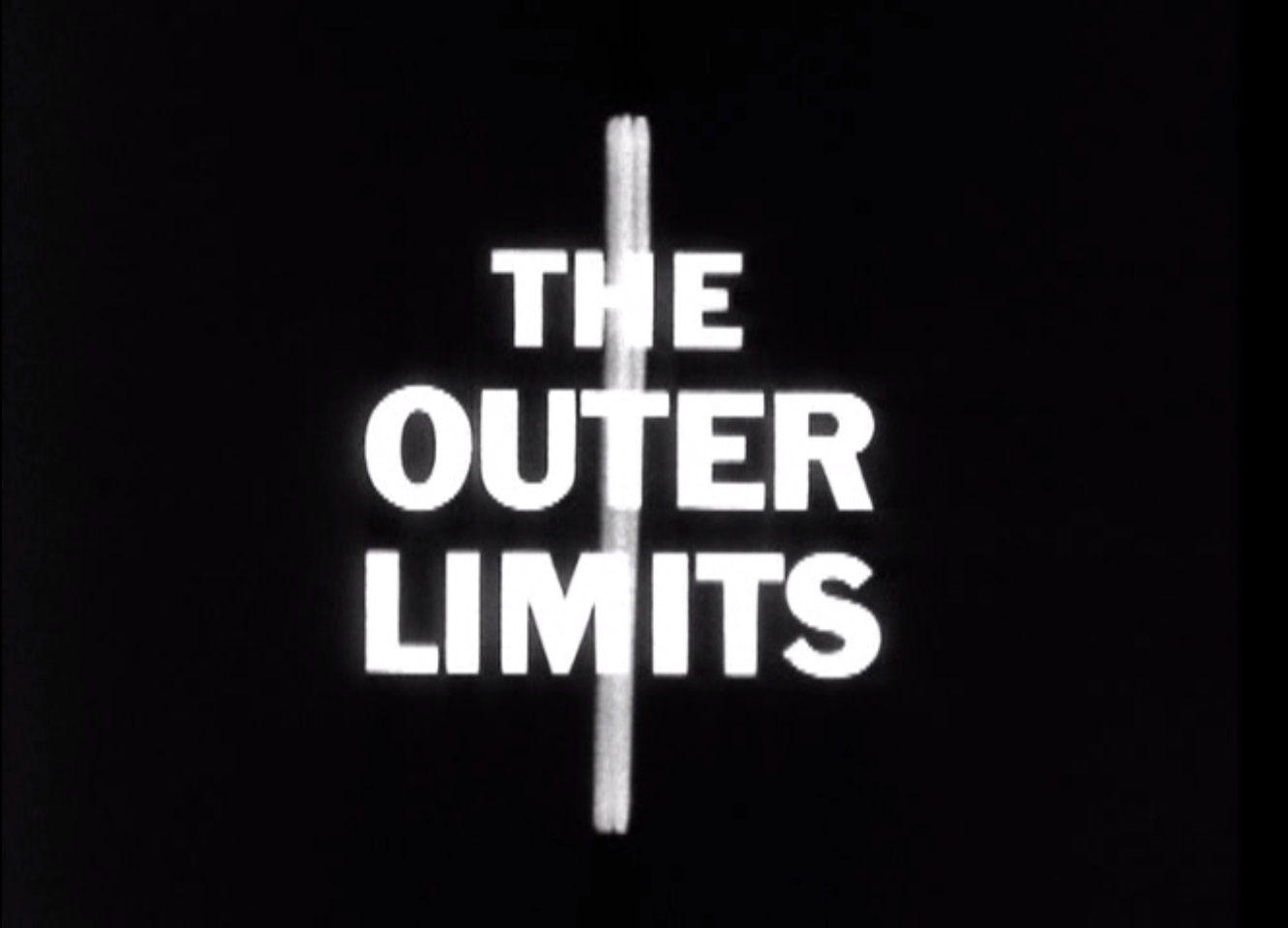
![[April 12, 1964] Mold of a Man (<i>The Outer Limits</i>, Season One, Episodes 25-28)](https://galacticjourney.org/wp-content/uploads/2019/04/640412b-672x372.jpg)
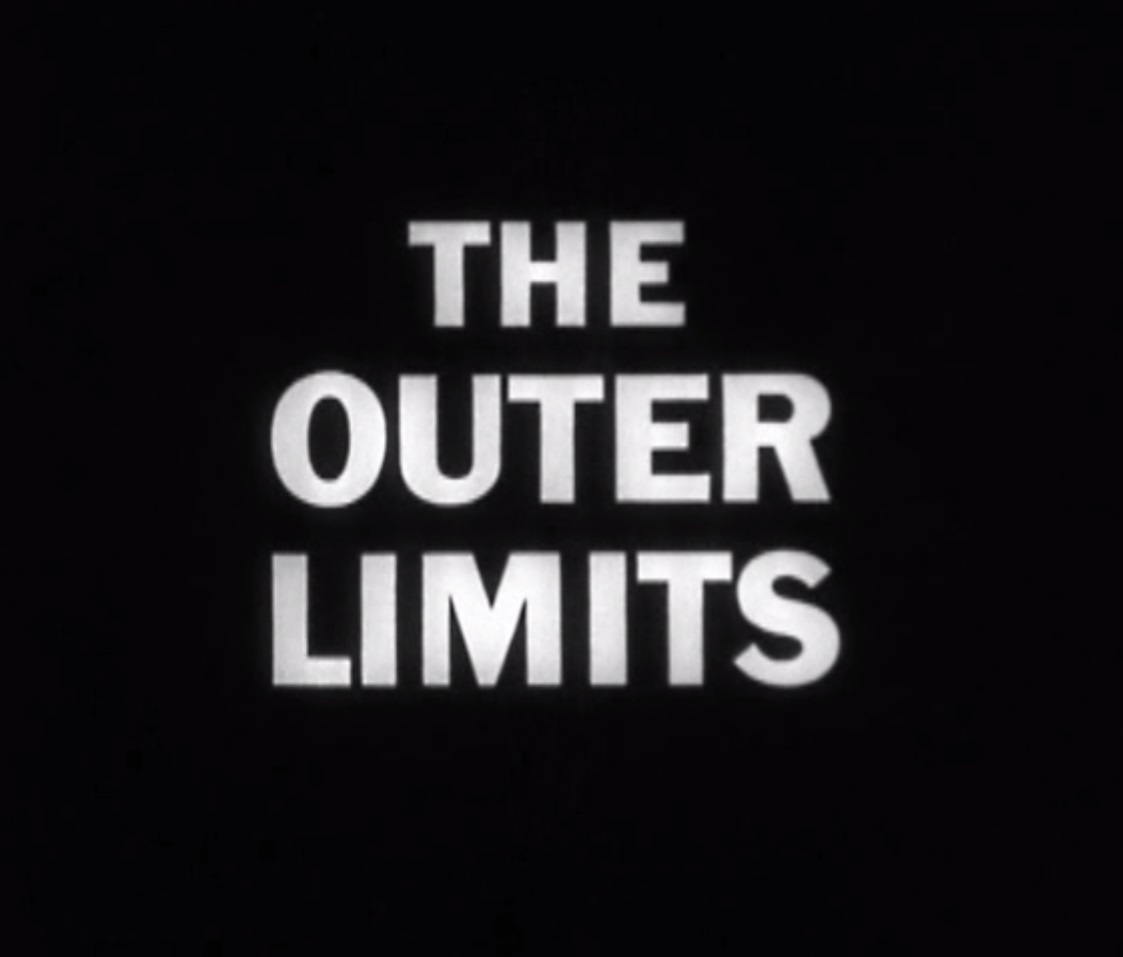
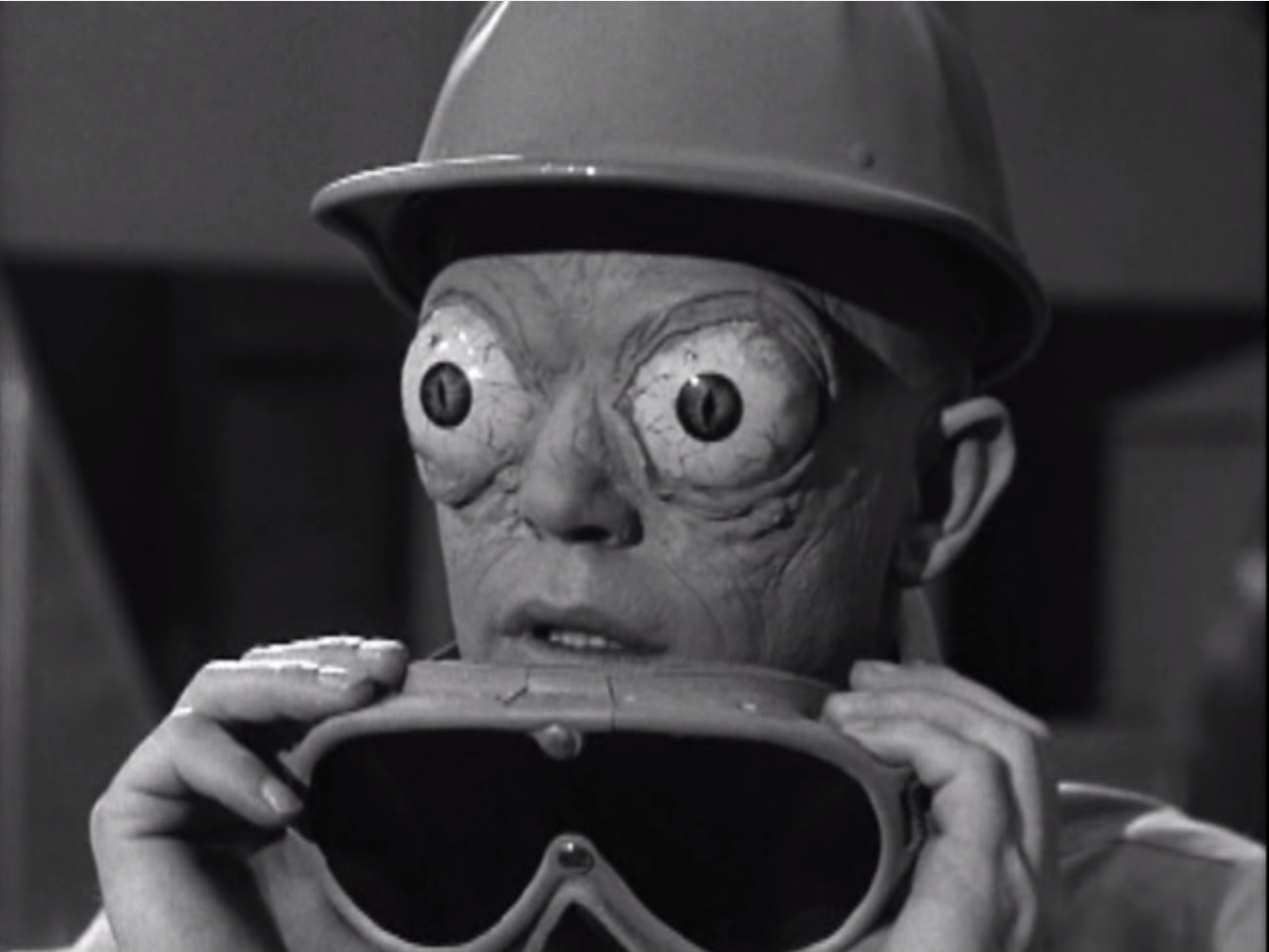
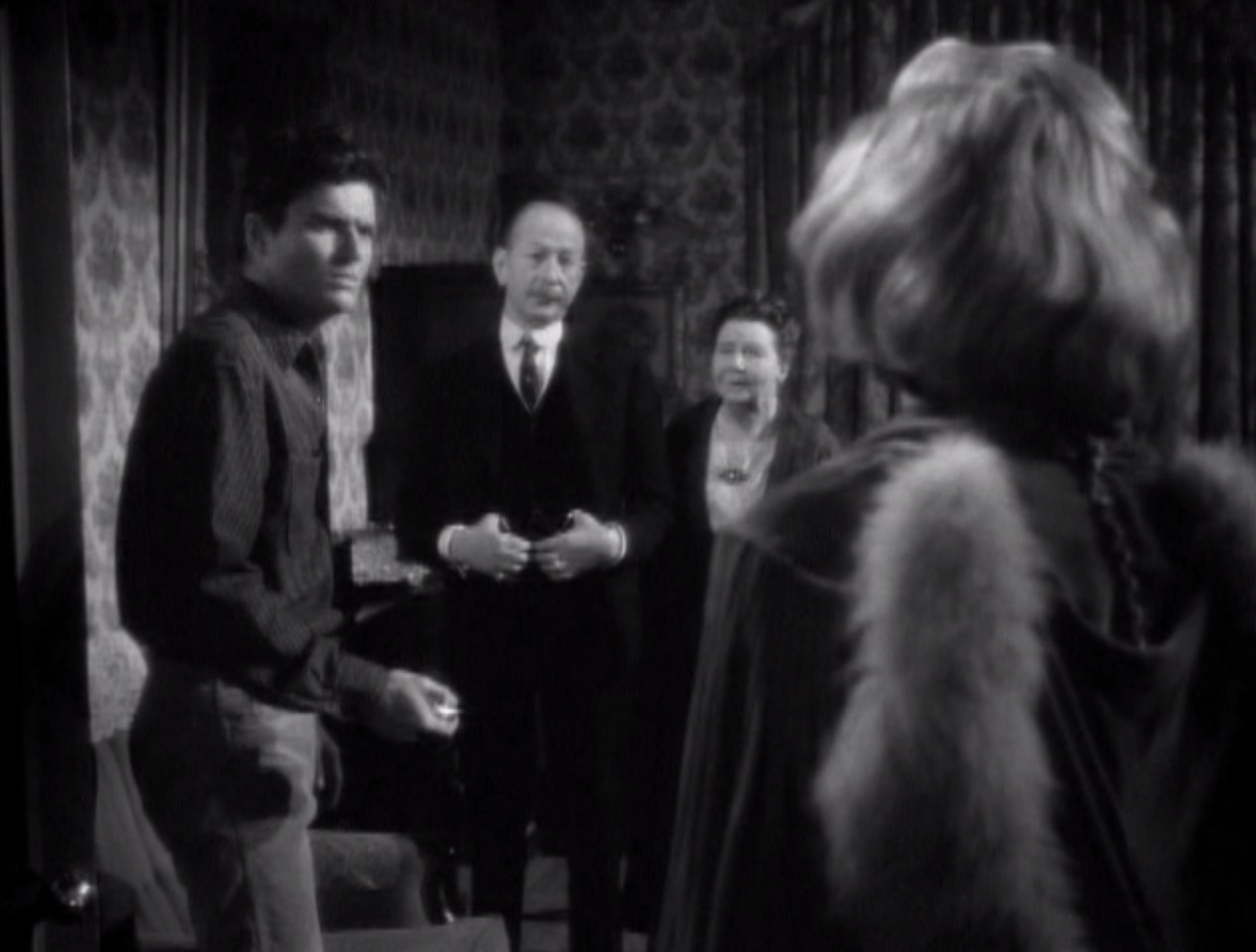
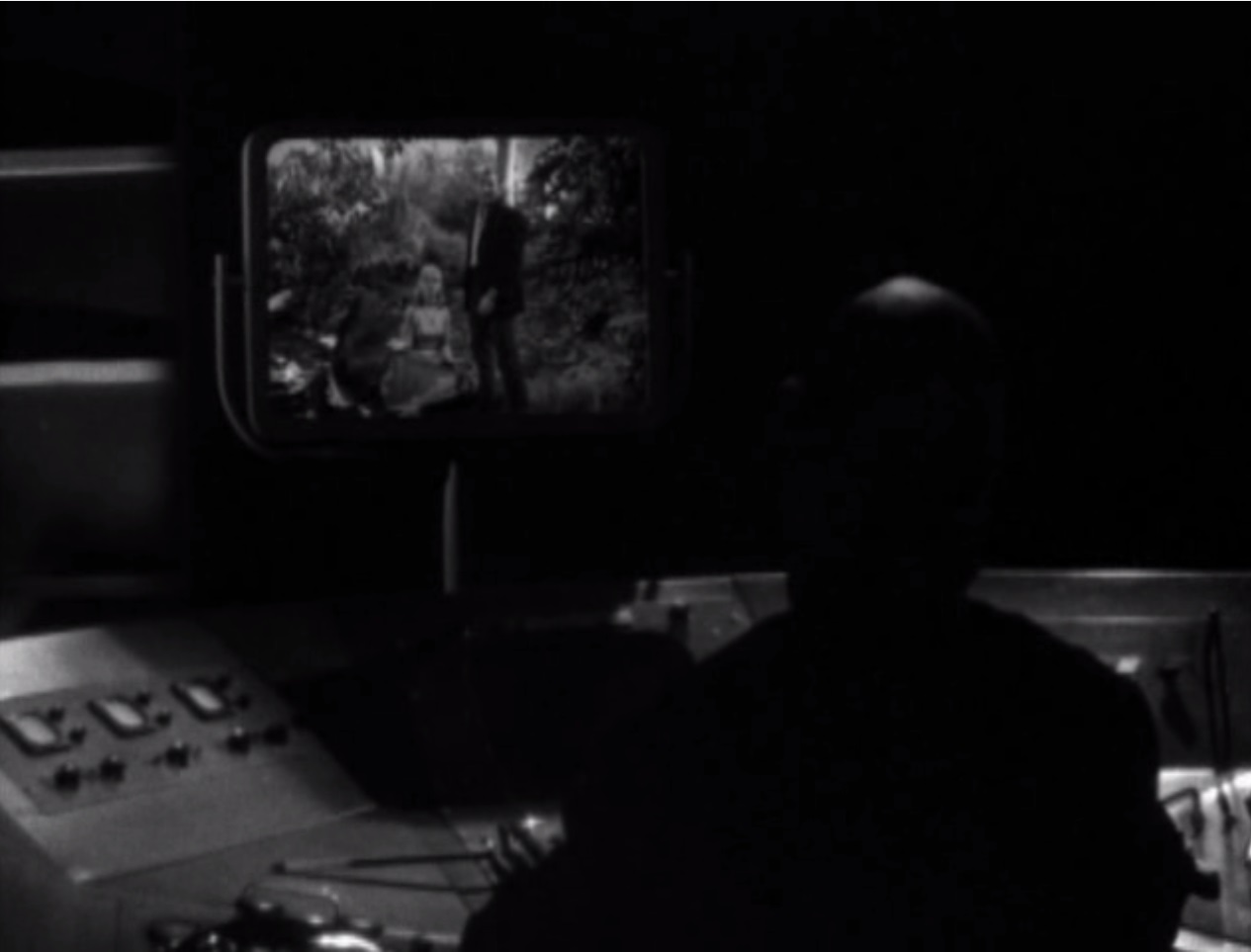
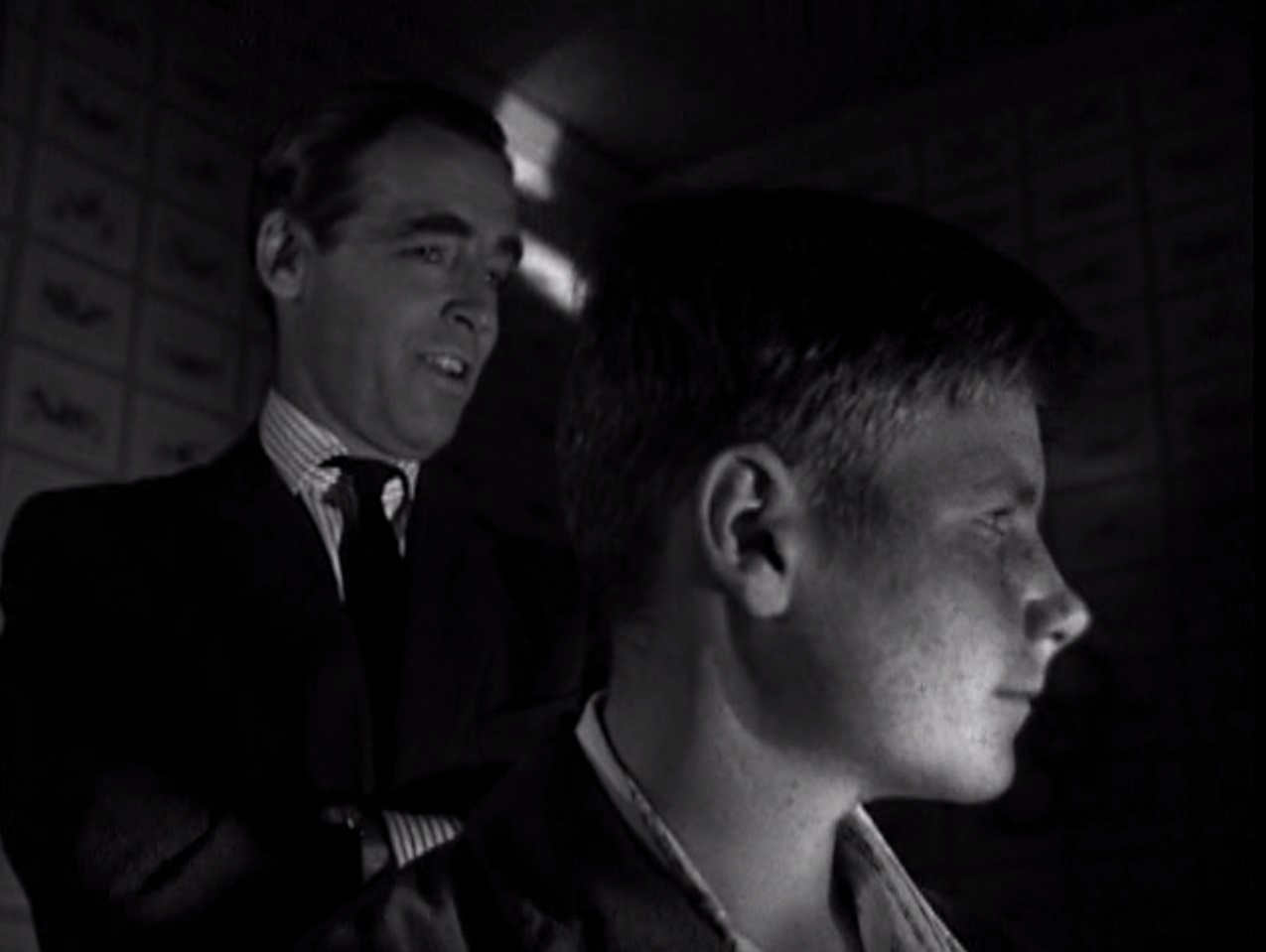

![[March 11, 1964] Brought into Focus (<i>The Outer Limits</i>, Season 1, Episodes 21-24)](https://galacticjourney.org/wp-content/uploads/2019/03/640311d-672x372.jpg)
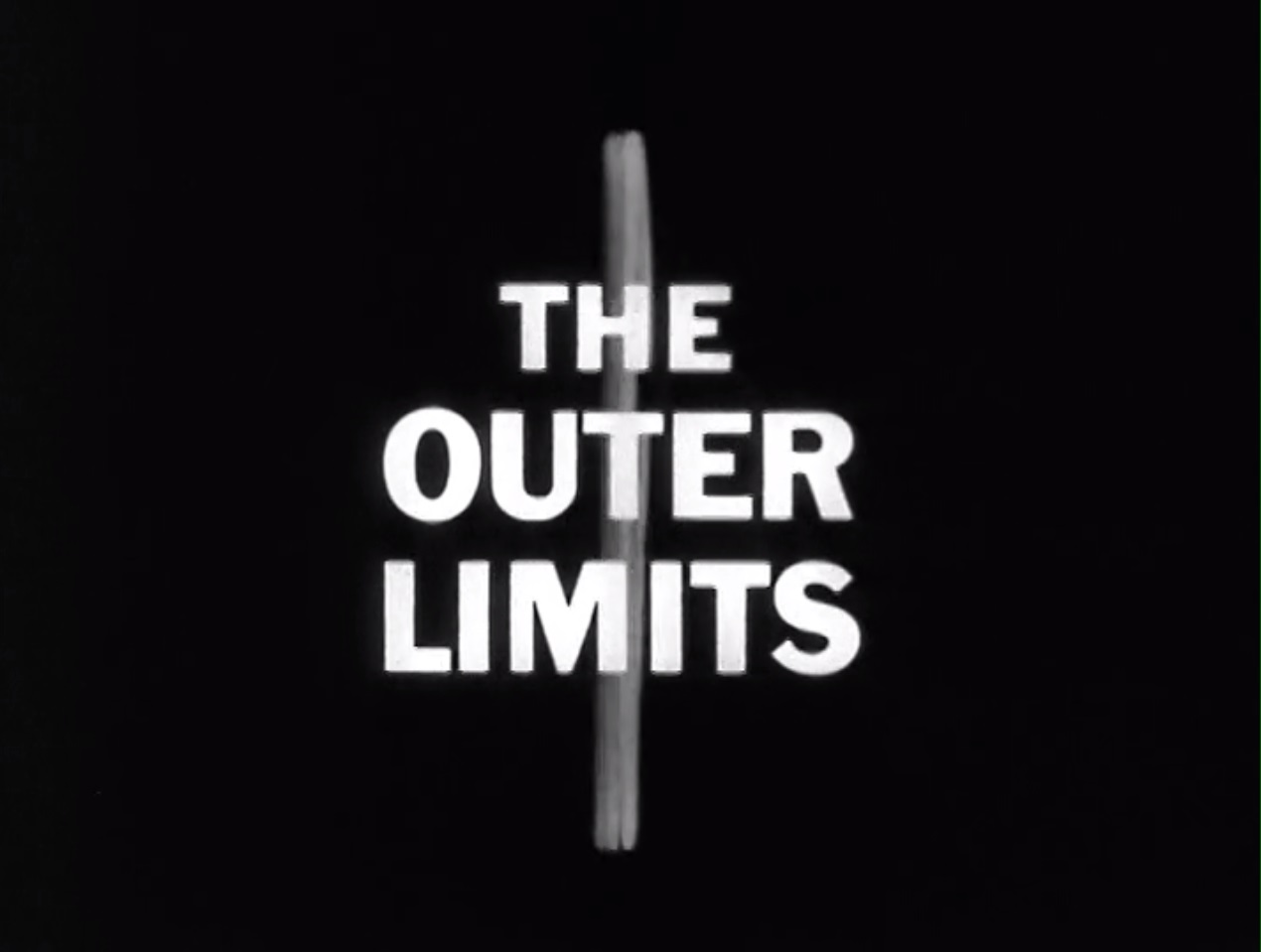
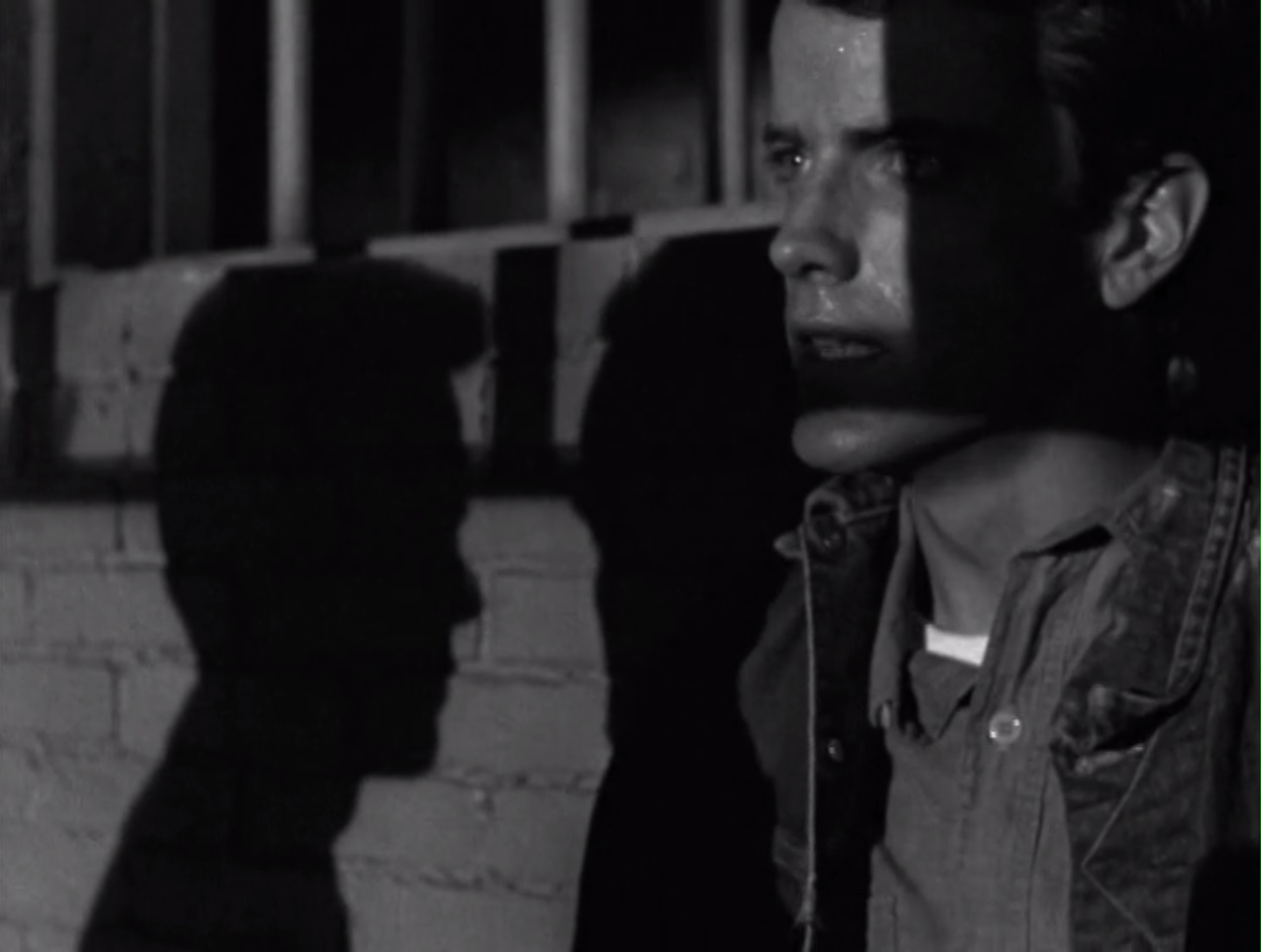
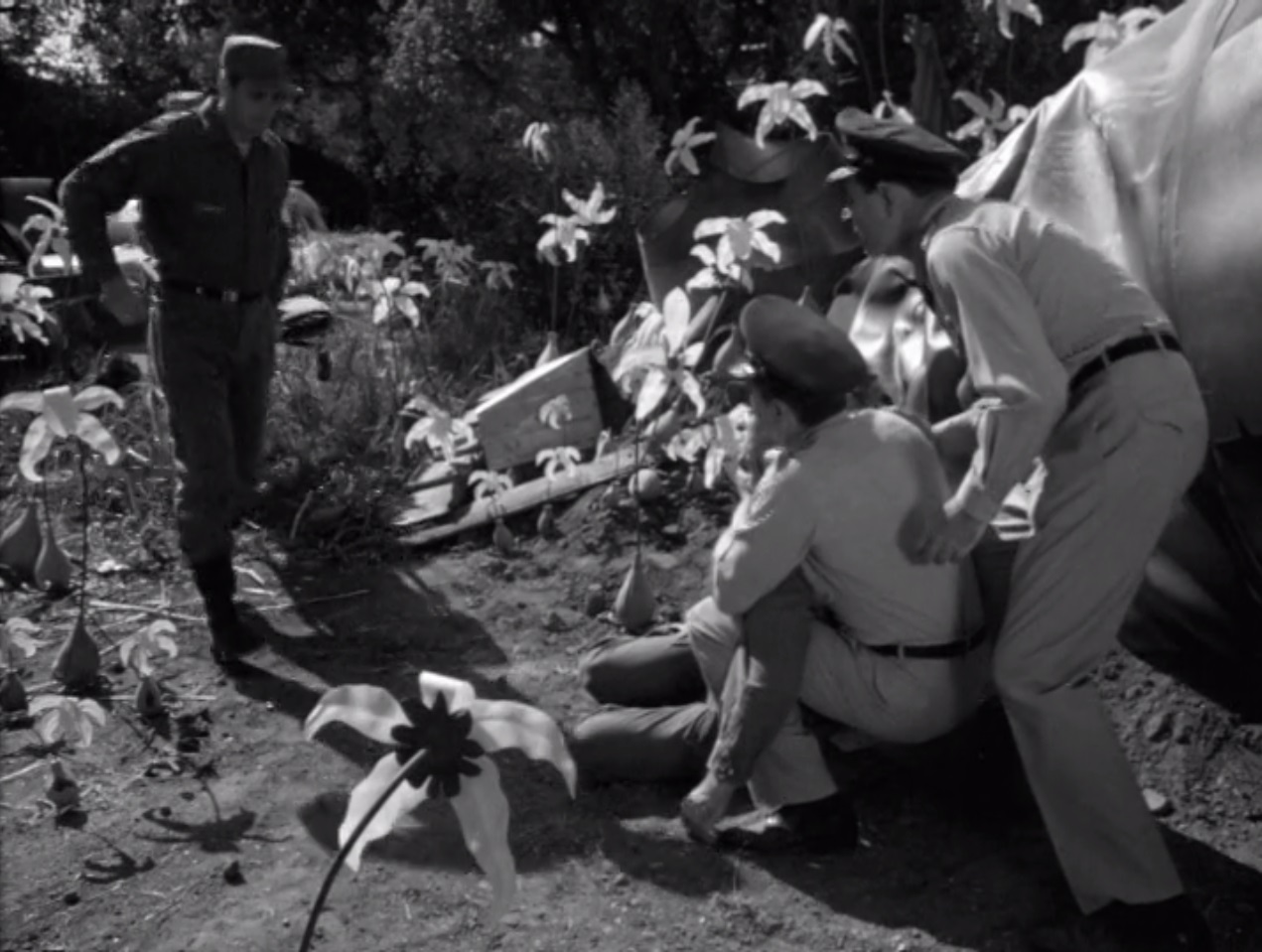
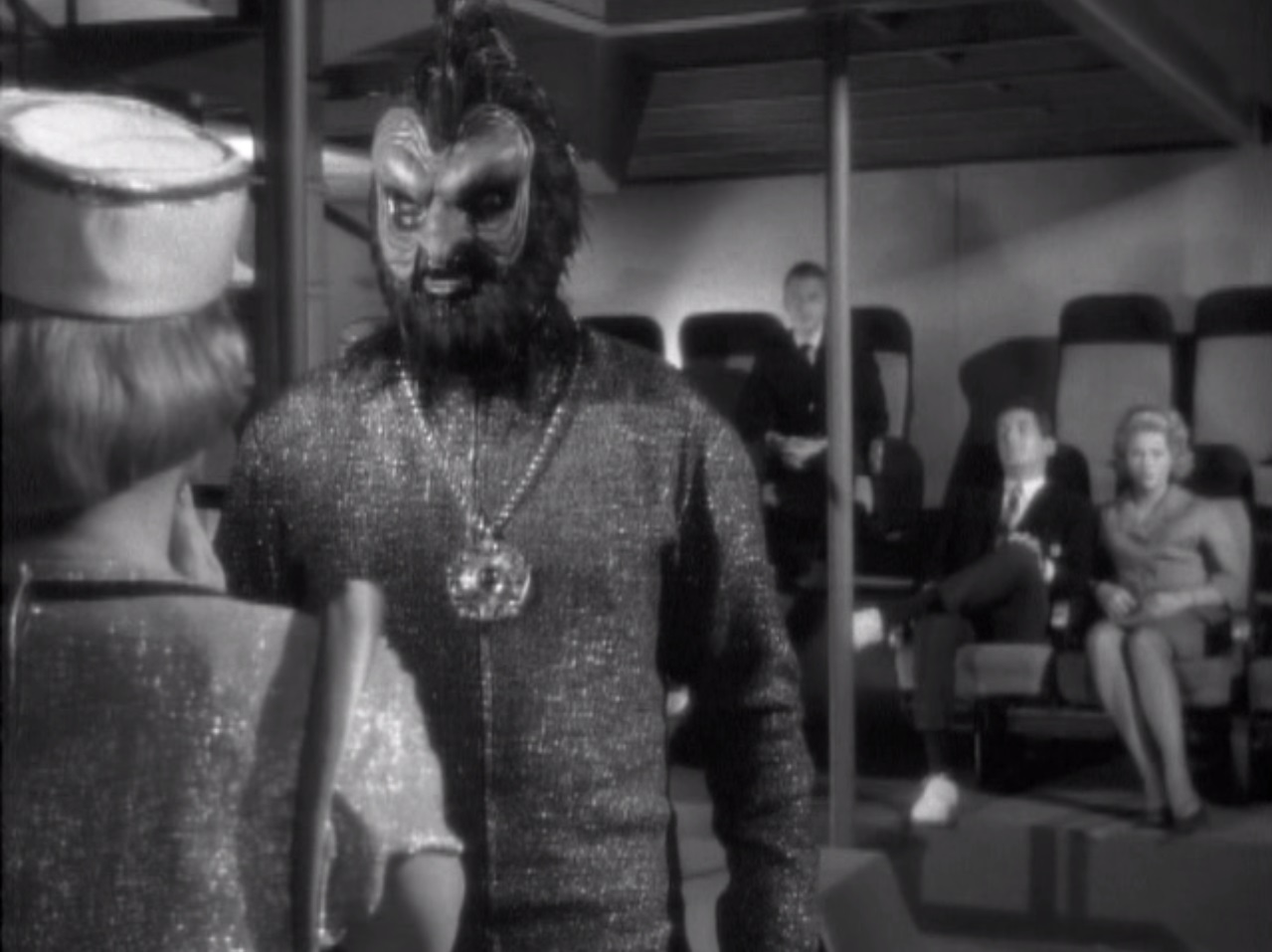
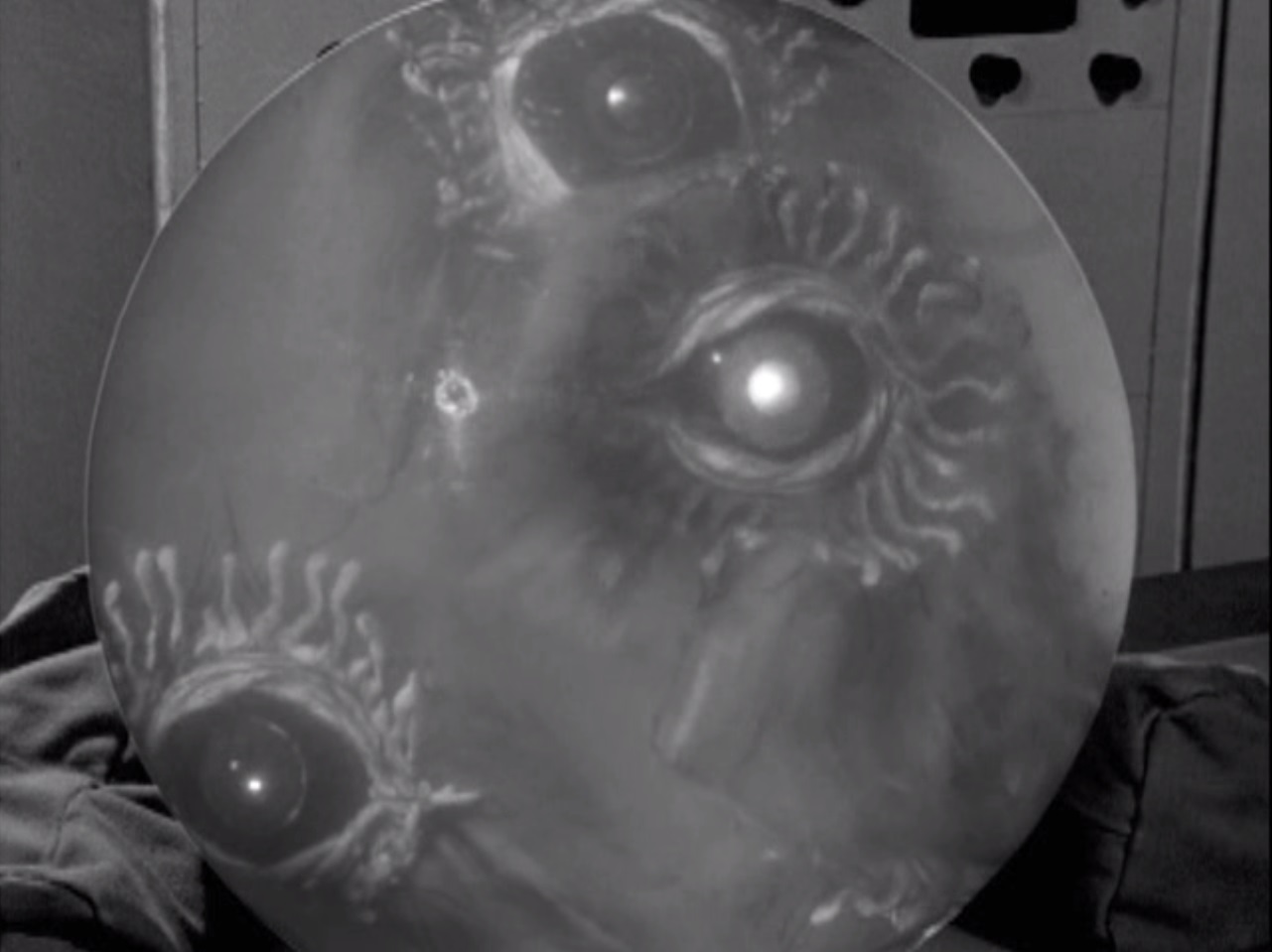
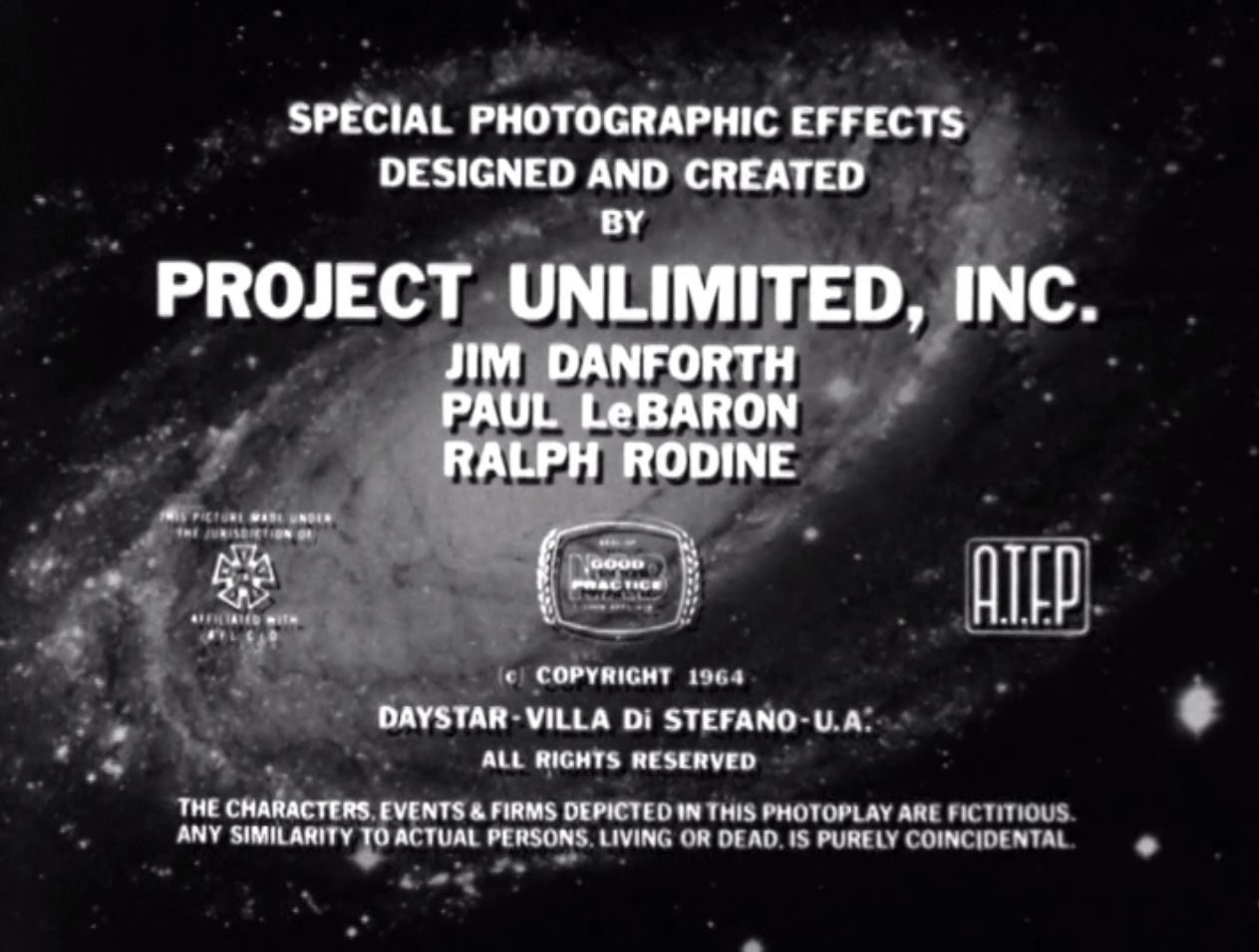
![[February 11, 1964] To Gain Ascendancy (<i>The Outer Limits</i>, Season One, Episodes 17-20)](https://galacticjourney.org/wp-content/uploads/2019/02/640211e-672x372.jpg)






![[January 16, 1964] Man’s Dark and Troubled History (<i>The Outer Limits</i>, Season 1, Episodes 13-16)](https://galacticjourney.org/wp-content/uploads/2019/01/640116e-672x372.png)
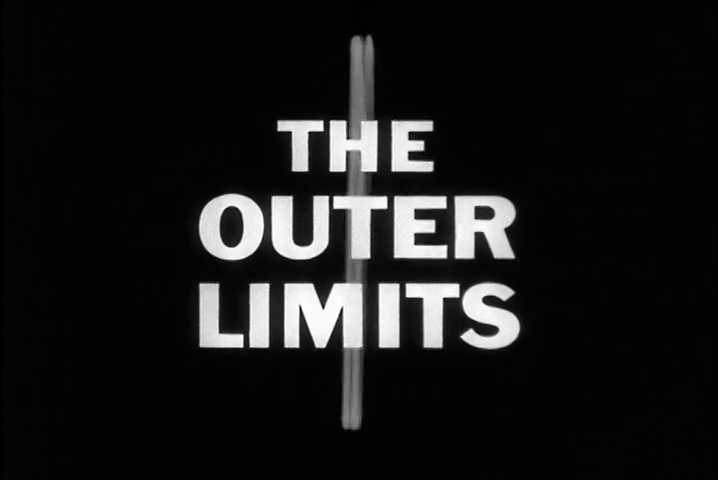

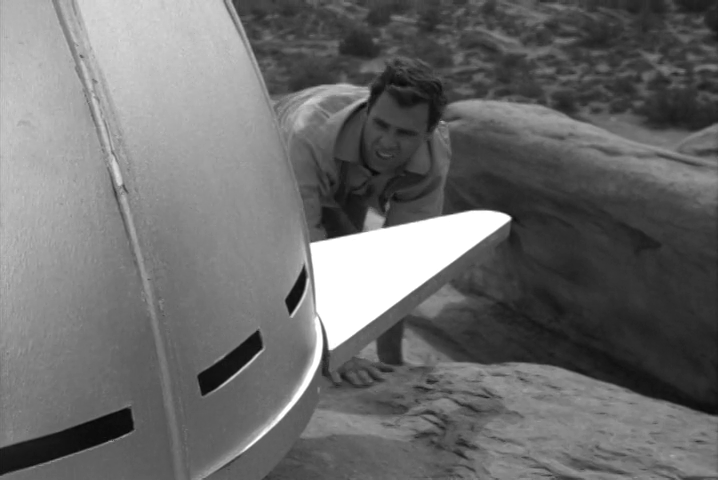
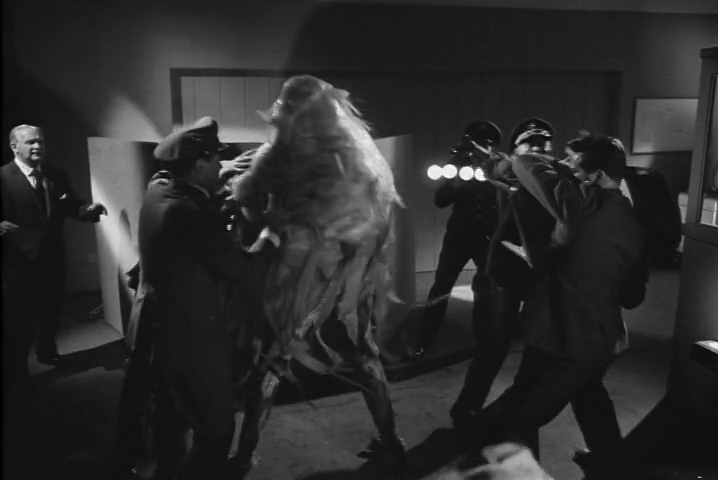
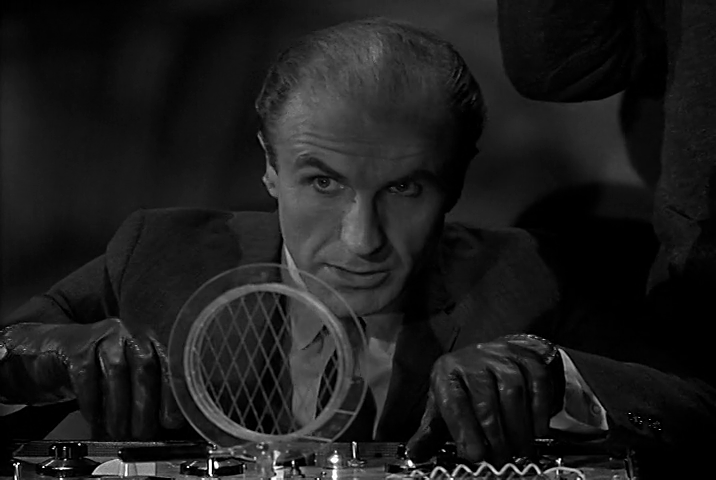

![[December 19, 1963] Veiled Secrets (<i>The Outer Limits</i>, Season 1, Episodes 9-12)](https://galacticjourney.org/wp-content/uploads/2018/12/631219f-672x372.png)
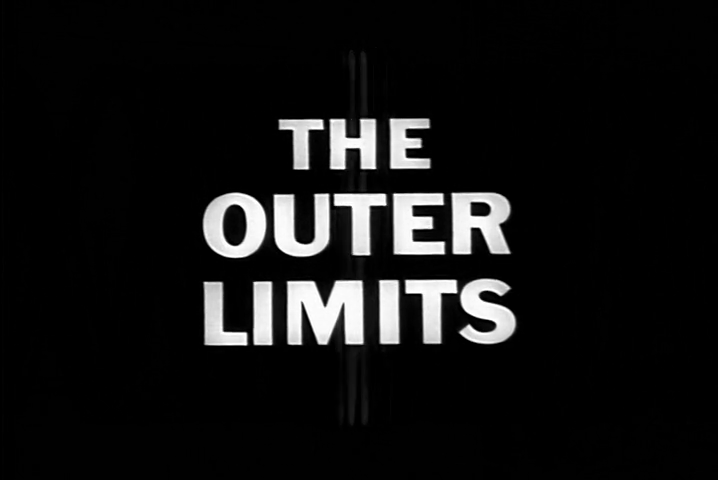
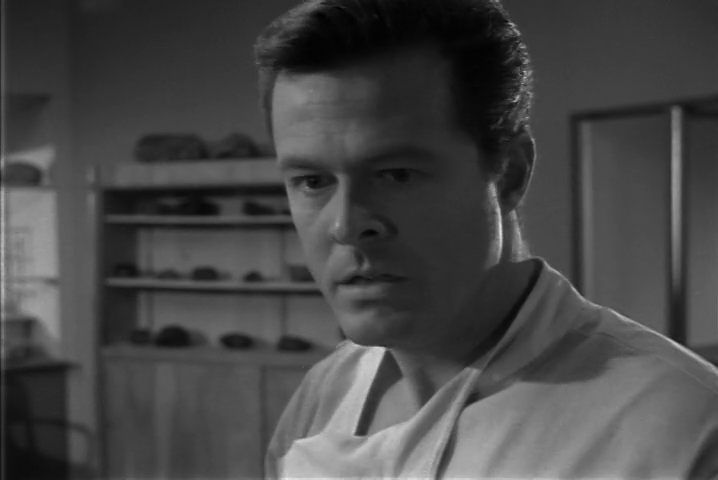
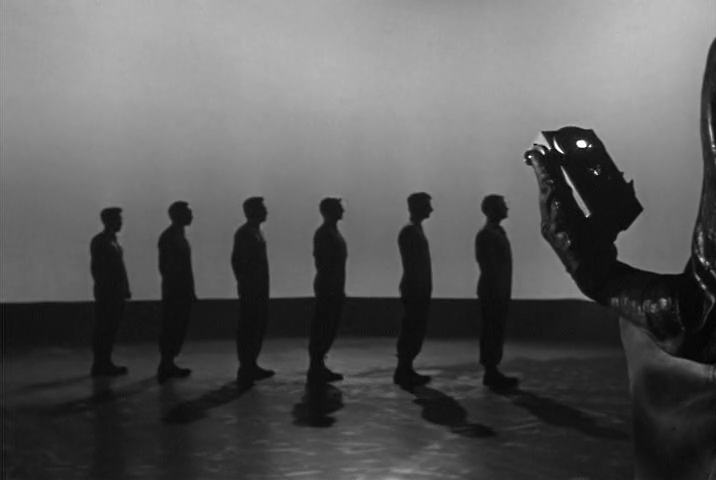
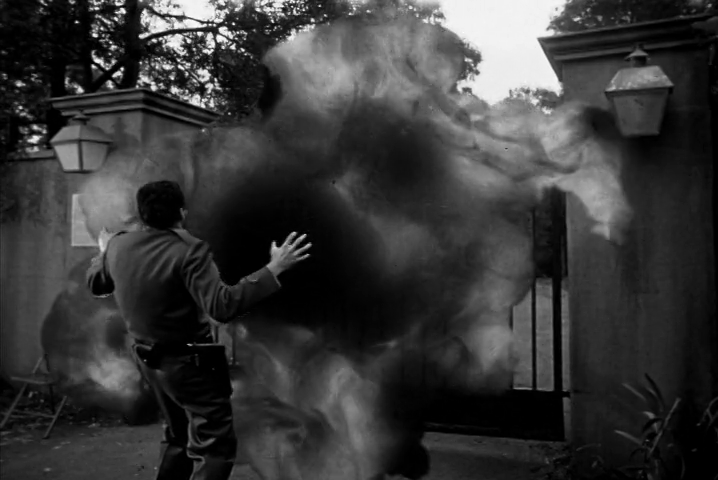
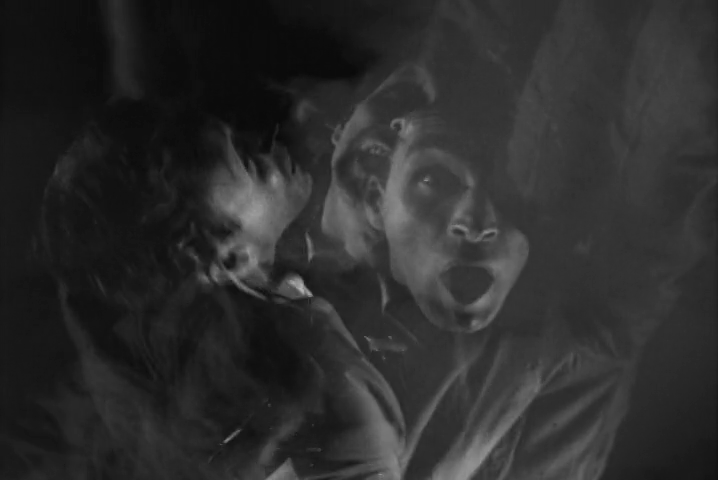

![[November 15, 1963] A Sign of Things to Come? (<i>The Outer Limits</i>, Episodes 5-8)](https://galacticjourney.org/wp-content/uploads/2018/11/631115c-672x372.png)

